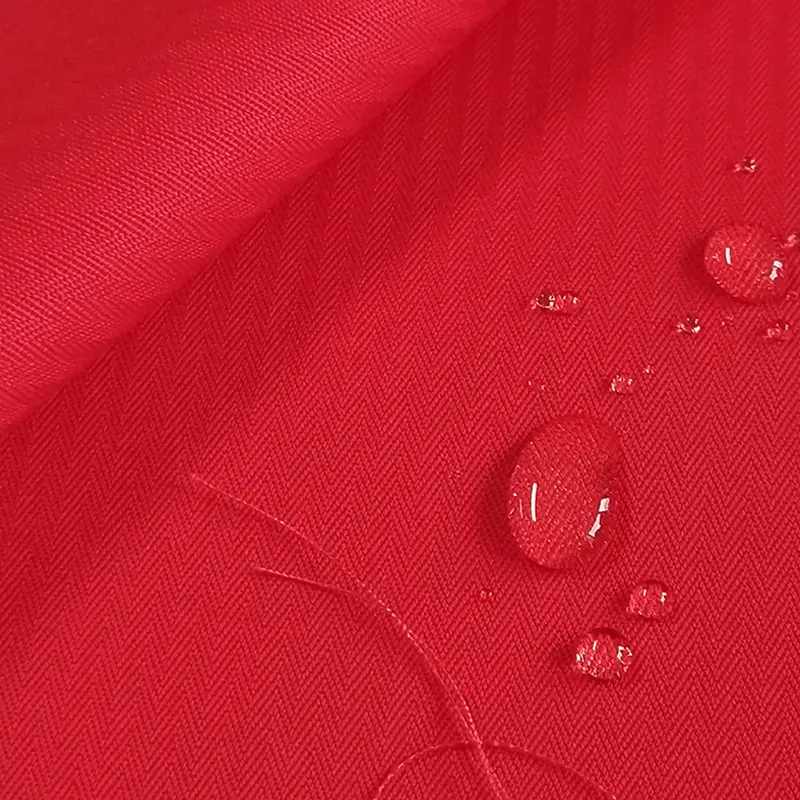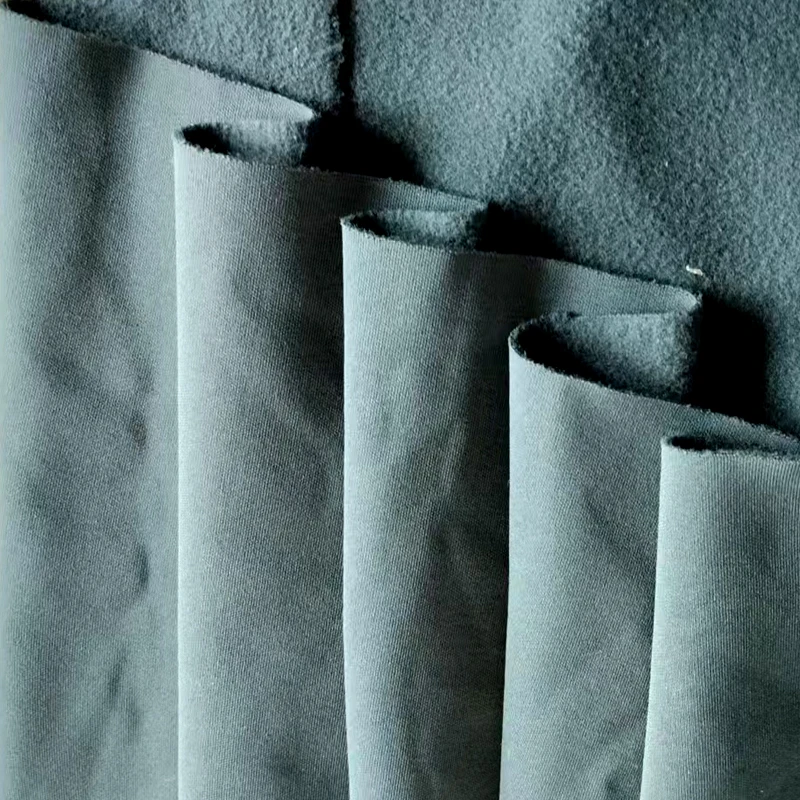Explanation 1: “Light up”
Generally speaking, the phenomenon of “lighting up” refers to the phenomenon of “homochromatic metamerism”:
Two color samples (one standard and one comparison sample) appear to be of equal color (no color difference or small color difference) under one light source (such as D65), while they exhibit significant color difference under another light source (such as A), which is called the “homochromatic metamerism” phenomenon
For this situation, we can describe it as’ lighting up '. That is to say, whether the sample can be matched with the standard sample for color matching depends on selecting a specific light source.
The fundamental reason is that the two samples have different reflections of light (reflection spectrum curves or visible band reflectivity), so it is called “Metamerism”.
The reasons for the “abnormal spectrum” include:
A、ʻOkoʻa ke ʻano o nā puaʻa i hoʻohana ʻia no ka hoʻopaʻa ʻana;
B、ʻano hana hana like ʻole, etc
Explanation 2: “Jumping lights”
In fact, when we talk about “Tao light” in daily life, besides the above meaning, there is another layer of meaning:
It refers to the situation where a single color sample undergoes dramatic color changes under different light sources. At this point, it can be described by “jumping the light”.
So, “jumping the light” can also be said to be a sample.
No ka laʻana, ʻōlelo ka ʻenekinia kala ma CIBA i ka wā e ʻōlelo ai i ka pena CIBA DEEP RED: ʻAʻole lele kēia mea pena i ka ʻulaʻula ma lalo o ke kukui A.
(Hoʻomaopopo ka mea kākau i kona manaʻo ʻoiai he nui ka ʻulaʻula a me ka melemele i kahi kumu kukui, ʻaʻole e ʻoi aku ka ʻulaʻula o ka wai CIBA DEEP RED ma mua o ke kumu kukui D65.)
Ka manawa hoʻouna: Mei. 10, 2023 00:00




















 Pili-ʻili
Pili-ʻili ʻAnoʻano
ʻAnoʻano Ka lōʻihi
Ka lōʻihi Hōʻoiaʻiʻo
Hōʻoiaʻiʻo
